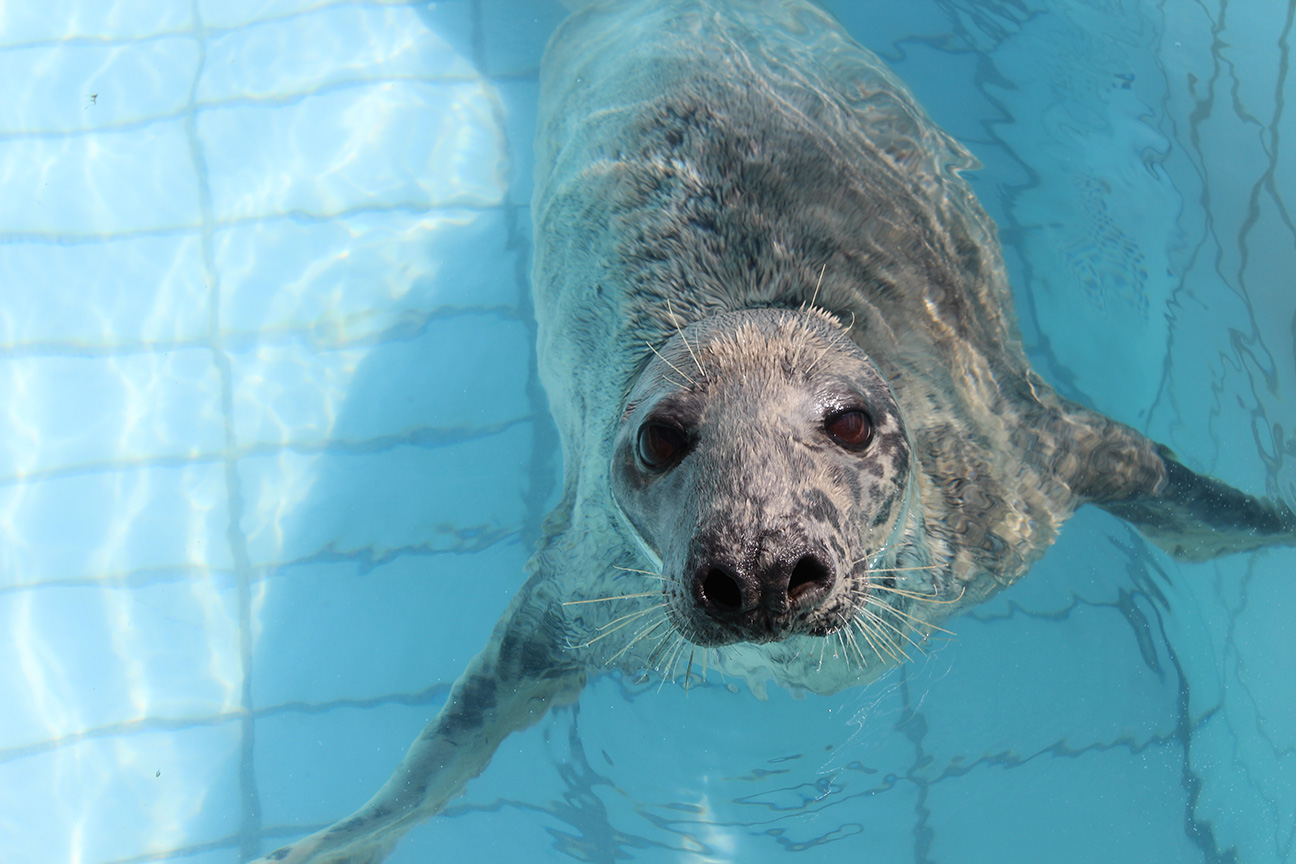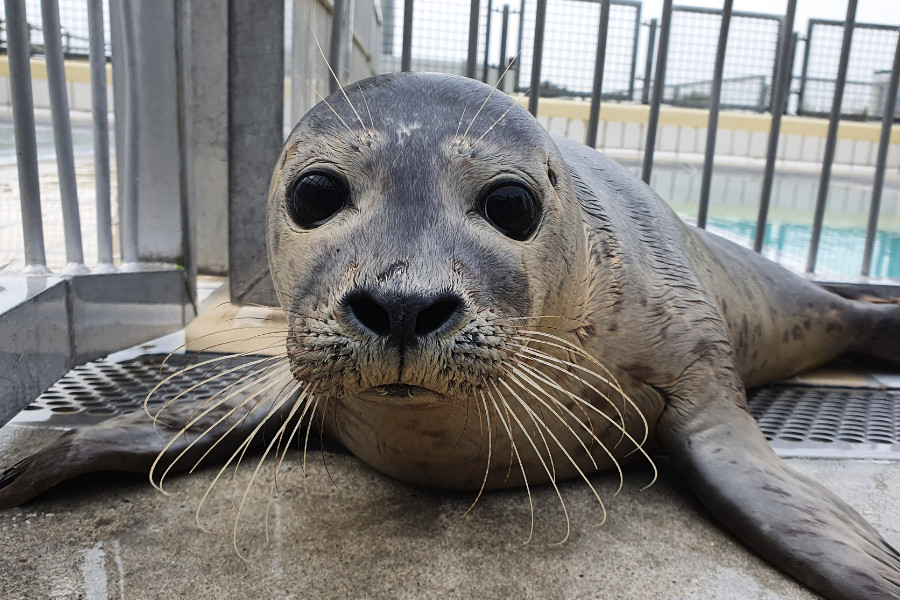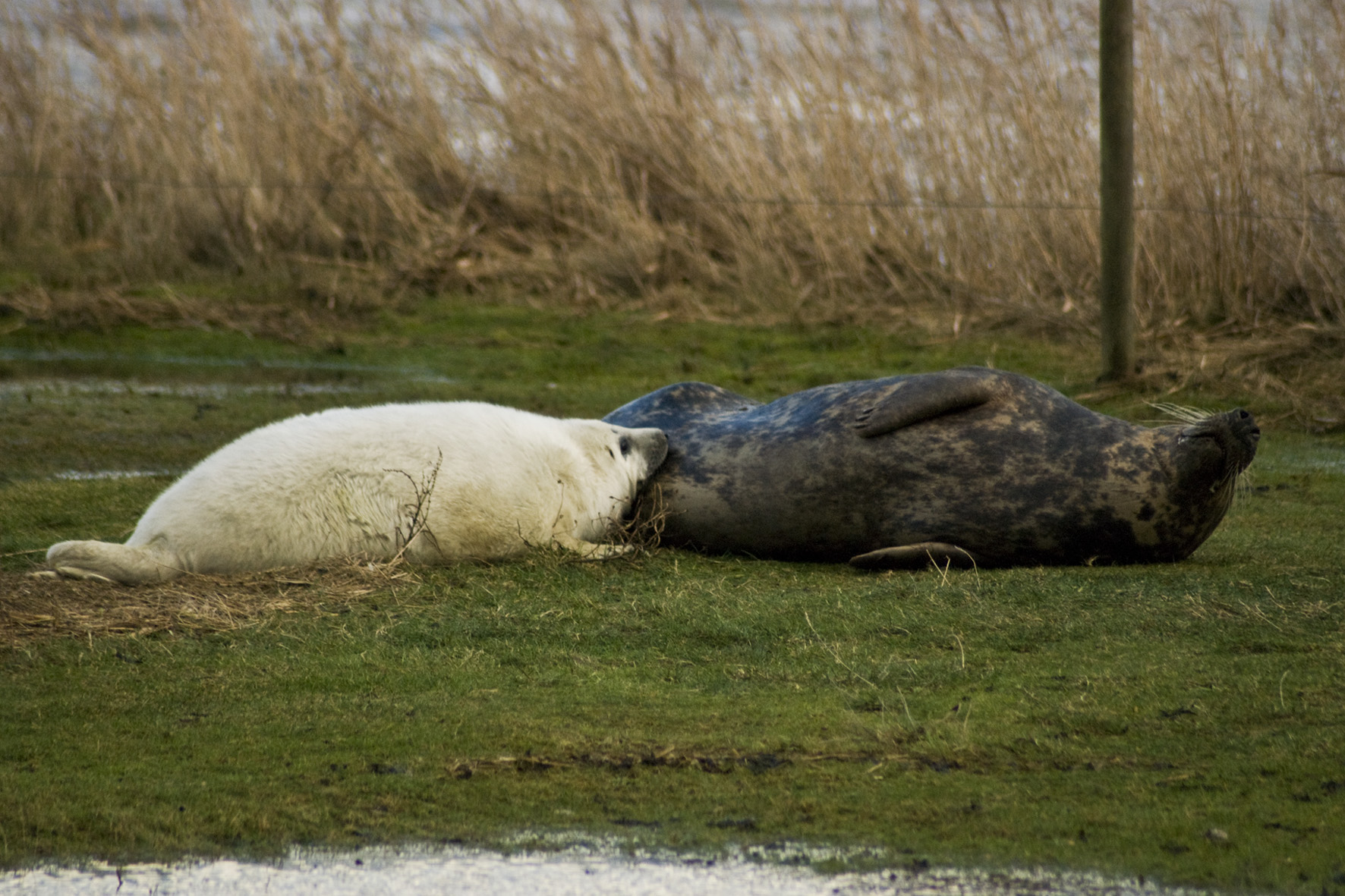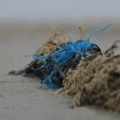Pox virus in seals
The pox virus occurs in seals. A virus in which seals get firm skin nodules on the head, neck and flippers, among other things. The pox usually goes away on its own. At the Sealcentre we do everything we can to prevent any contamination.
See also
Pox virus
The pox virus in seals is a different species than the (chicken)pox virus that occurs in humans and belongs to the parapoxvirus family (1). But seals can transmit this virus to humans (2). To minimize the chance of this, our seal caretakers wear protective clothing, gloves and face masks.
Symptoms of pox
The name of the virus refers to one of its most obvious features: pox. Pox are small firm skin nodules. They are between 1 and 3 centimeters in size and they can be all over the body (3). In seals we often see them on the head, neck and flippers.
How do seals get pox?
Pox is a regular occurrence in seals in our sanctuary. This is because the disease is influenced by stress. It is unclear how seals contract the virus, but the seal already carries the virus before it is taken into care. We will only know this if the virus causes visible symptoms. If the seal is taken care of and gets stressed, the virus can 'express' itself, which means that after a while in the shelter, the seal will develop small firm skin nodules on its skin.
Infection
Pox is not contagious until it opens and bleeds out. To prevent a seal with the virus from infecting another seal, seals with pox are staying at the Sealcentre. They should not be released until the pox has disappeared, so that wild seals do not become infected.
Treating pox
Usually no treatment is needed. The pox goes away on its own over time, usually around 4-6 weeks. If a seal suffers from the pox virus, we can only treat the sympotms. If the seal is in pain, we administer painkillers. If the pox is infected with a bacteria, we treat it with antibiotics. In addition, we keep the pool water as clean as possible and it contains salt to keep wounds clean. After the pox has cleared, the seals are sometimes left with bald spots or scar tissue.
Sources:
- Becher P, Konig M, Muller G, Siebert U, Thiel HJ (2002) Characterization of sealpox virus, a separate member of the parapoxviruses. Arch Virol 147: 1133–1140 DOI 10.1007/s00705-002-0804-8
- Clark C, McIntyre PG, Evans A, McInnes CJ, Lewis-Jones S (April 2005). “Human sealpox resulting from a seal bite: confirmation that sealpox virus is zoonotic”. J. Dermatol. 152 (4): 791–3. doi:10.1111/j.1365-2133.2005.06451.x. PMID 15840117. S2CID 38466772.
- Sealpox Virus in Marine Mammal Rehabilitation Facilities, North America, 2007–2009 Amira A. Roess,1 Rebecca S. Levine, Laura Barth, Benjamin P. Monr oe, Darin S. Carroll, Inger K. Damon, and Mary G. Reynolds. Emerging Infectious Diseases • www.cdc.gov/eid • Vol. 17, No. 12, December 2011









